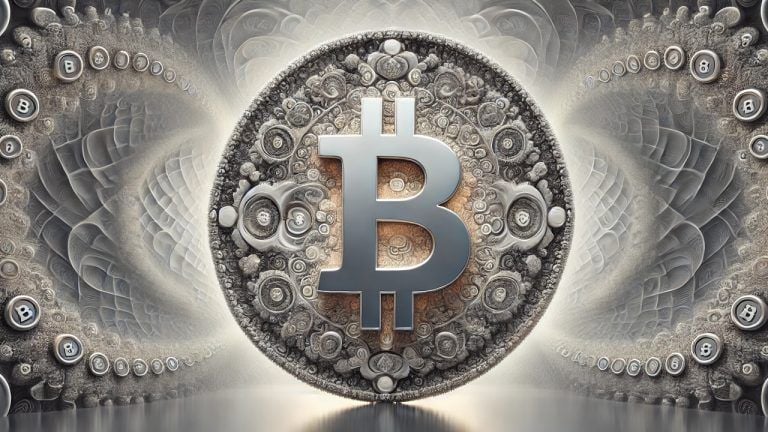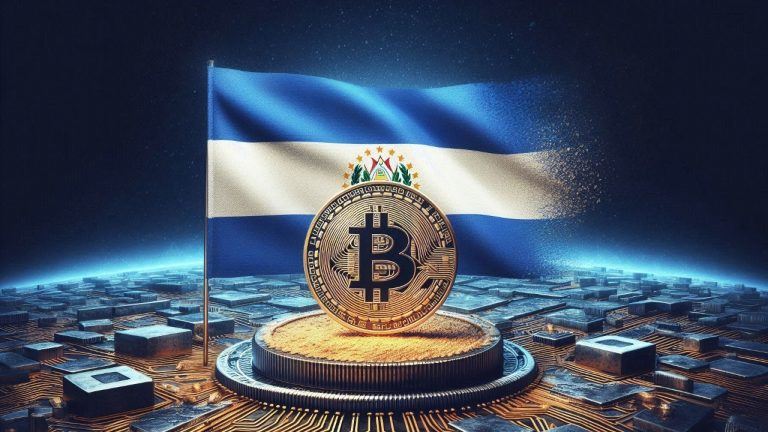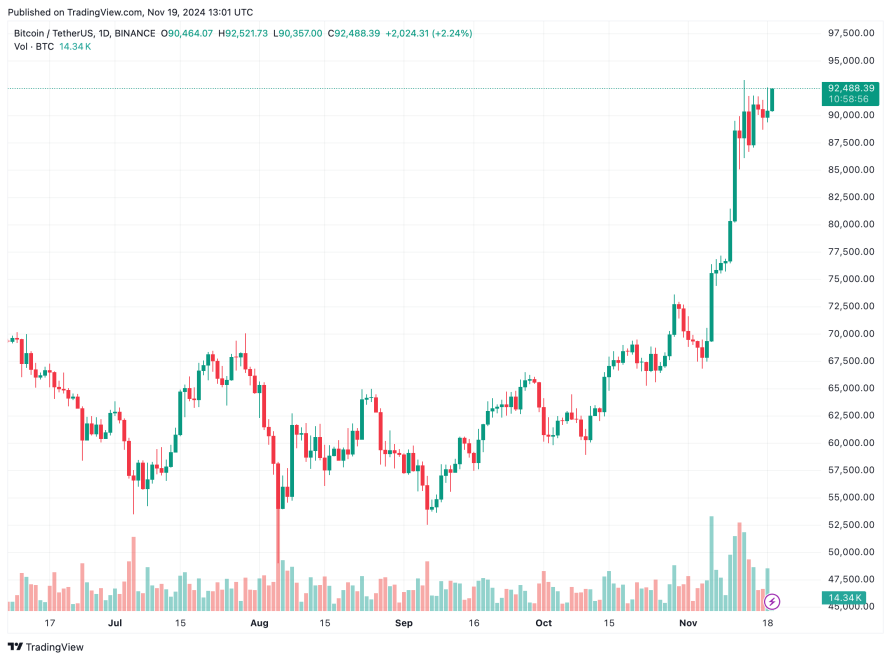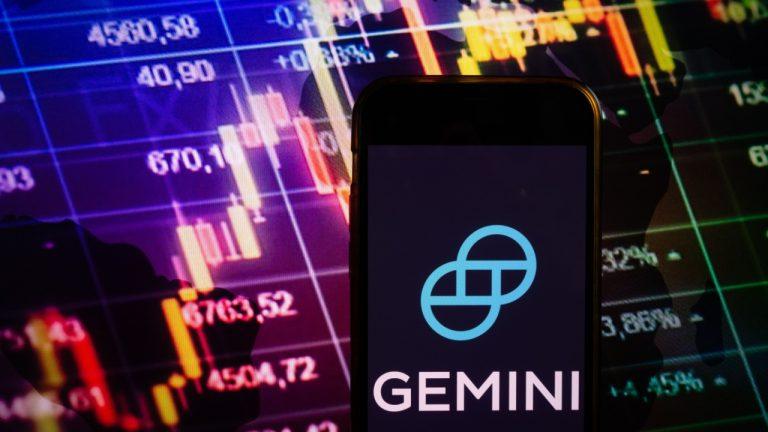Mining pool innovates on how to pay miners saving $10M USD in fees
The high transaction fees seen on the Ethereum network can be a nuisance even for network miners. It was this problem that the Ethereum mining pool — 2Miners, identified and set out to solve.
In this post, I you tell you how this happened and present some very interesting (and even shocking) numbers about how this has been impacting the business and the market.
The 2Miners mining pool
According to poolwatch.io, 2Miners is the fourth largest Ethereum mining pool in computational power, making 32.7 TH/s right now (just 2 TH/s less than third position) and responsible for 3, 9% of all network hashrate. It is the third largest in the number of miners, with 70,560.
On October 11, 2021, the pool made a blog post commenting on the increase in fees on the Ethereum network due to an increase in the number of transactions and the new dynamics of block size and fees that came with the hard fork “ London Upgrade” in August.
At the time of posting, network fees were around $10 and, according to the publication, it was already a high-impact figure on the income and viability of the business for some small miners. A miner who produced $100 in rewards, when paid by the pool, would direct 10% of his profit to the network.
This is because miners share computational power with the pool to improve their chances of mining blocks and, as a result, receive the reward for their work.
It is the responsibility of the mining pool to receive the reward from the network in an account under its control and distribute payments in proportion to the hashrate generated by each participating miner.
Payments are daily and each payment in ETH involves a transaction and, consequently, a gas payment (fee in the Ethereum), which on November 22nd, for example, was at an average of 50 dollars according to the page @TransactionFees.
The problem and its solution
In many mining pools, miners have to wait days, weeks or months to accumulate a minimum reward called the “no payout fee” to receive their payment without discounting the fees (the pool absorbs this amount). On @nanopool_org, for example, this value on 11/22 was at 0.4 ETH (approximately US$1,720.00).
The problem with waiting so long is that the miner is at risk on suffering from the asset’s negative volatility.
If the currency depreciates before the miner makes his profit and converts the earnings to the local fiat currency to cover his mining costs (energy, internet, equipment, etc), his earnings will not be consistent with the amount produced in the previous days.
Receiving daily payments is the most efficient solution in such a volatile market, and each miner can decide to convert the values to another currency of their choice at the time (according to their work carried out) or wait for a possible appreciation. Having sovereignty in managing your income and decision-making power is the differential.
Mining pool 2Miners then said they had been researching a possible solution to this problem for a few months and found it in nano.
Nano is digital money with no fees and definitive confirmations in 0.3 seconds.
From November 12th, their miners can choose to receive the daily proportional payments for their work in nano (XNO) instead of Ethereum (ETH).
2Miners also understands that many miners may not trust nano, as it is still a low marketcap currency, and therefore they have also made available the option of payment in Bitcoin on-chain, with lower fees than those observed on ethereum and a great reserve of value, as reported.
The payment method
In short, the process is as follows:
- Miners decide and inform how they want to receive their payments;
- Miners generate proof-of-work for the pool;
- The pool mines the blocks with joint force;
- The pool receives the rewards of the network in its own account;
- The pool makes the proportional transfer for each miner that decided to receive in ETH within the limitations of the network and gas values;
- The pool makes a one-time transfer with the rest of the value to an exchange account (mostly with Kraken and Binance);
- Exchanges the proportional values to BTC and XNO;
- Makes a one-time bitcoin and nano transfer to their own account;
- Makes individual payment transfers to each miner via the chosen protocol.
Some numbers and data collected in the period
NUMBER OF MINERS
According to data collected by user zergtoshi, on October 15th, 2Miners had 47,029 miners and on November 23rd it had 70,350.
An almost 50% increase in the number of miners in 39 days.
Of the total 47,029 miners, 1,751 (3.7%) received their payment in bitcoin and 2,146 (4.5%) in nano. The remainder (91.8%) continued to receive ethereum.
Of the total 70,350 miners, 39 days later, 14,367 (20.4%) received their payment in BTC and 12,599 (17.9%) received it in XNO. Only 61.7% continue to prefer ETH.
TOTAL PAYMENTS MADE IN NANO (XNO)
According to data collected by the blocks explorer NanoLooker, and consolidated by me for Cointimes in the preparation of this article, a total of 239,885 individual payment transactions were carried out in a period of 42 days (oct-12 to nov-22).
These transactions amounted to Ӿ749,375.00 nanos and $4,284,384.00 dollars, with an average of Ӿ18,006.50 and $110,817.50 per day respectively.
If we replicate this average for a period of 365 days (1 year), 2Miners only would be generating a trading volume greater than Ӿ6.5M and $40M, in a currency with a market capitalization of less than US$700M and Ӿ133,248,290 circulating supply.
XNO/USD value conversions were as per the corresponding daily quotes and 2Miners realized an average price of $5.72 USD per Ӿ1 nano with purchases.
All 239,885 nano transactions were performed for exactly US$0.00 in network fees.
More than US$4M transferred instantly in a secure, decentralized, feeless and ecofriendly way.
If the same number of transfers were performed via bitcoin (something similar was done, according to data shown above), 2Miners would have paid approximately $741,901.37 USD in fees, according to the average network fees observed in each of the 42 days of the analyzed period, according to the @TransactionFees page.
This logic can be applied to virtually any business.
Flowhub (fintech payments for the legal cannabis market in the US) also appears to have already realized the benefits of using nano for payments.
Amazon recently stopped accepting Visa credit card purchases because of high fees.
And there are dozens of other businesses that are also already seeing the benefits of using XNO as efficient digital money.
DYOR — Do your own research, and take your own conclusions.
Is it worth it in your opinion?
Credit: Reddit User ViniBarbosa
[link] [comments]

You can get bonuses upto $100 FREE BONUS when you:
💰 Install these recommended apps:
💲 SocialGood - 100% Crypto Back on Everyday Shopping
💲 xPortal - The DeFi For The Next Billion
💲 CryptoTab Browser - Lightweight, fast, and ready to mine!
💰 Register on these recommended exchanges:
🟡 Binance🟡 Bitfinex🟡 Bitmart🟡 Bittrex🟡 Bitget
🟡 CoinEx🟡 Crypto.com🟡 Gate.io🟡 Huobi🟡 Kucoin.




















Comments